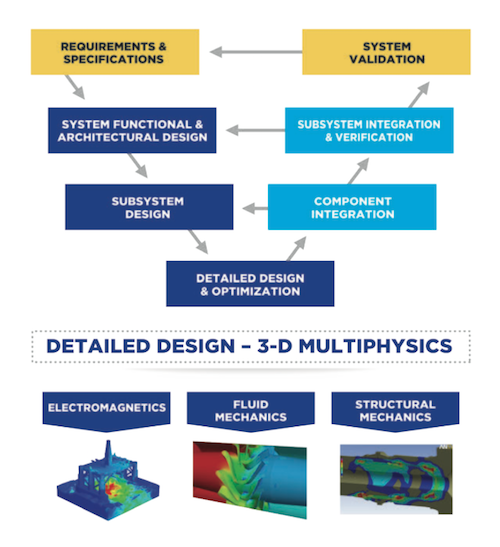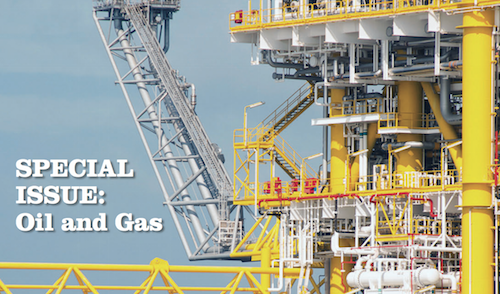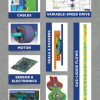ANSYS
Challenges in the oil and gas industry can be simply summed up as using technology to overcome risks related to finding and producing resources at reasonable cost. The industry is experiencing tremendous pressures due to a recent drop in prices. At the same time, advancements in seismic technology used in exploration have been critical in finding hydrocarbons in all types of formations. Now the challenge is to develop these fields in a safe, reliable, sustainable way. The industry must invest in developing new technologies to reduce cost and ensure profitability while meeting increasing regulatory requirements.
All engineering organizations, no matter what the indus- try, need to make trade-offs and balance competing demands. Balancing these competing needs — profits versus investments — requires creative solutions. Often, each proposed solution creates a host of new questions. In the oil and gas industry, petrophysicists, geologists and engineers are responsible for answering questions regarding developing and perfecting the next level of technologies. Making trade-offs and satisfying the needs of different projects under varying geological conditions adds complexity to field development strategies and related engineering and equipment requirements. To deal with com- plexity, best practices in all industries increasingly include use of computational technology to create a platform for global engineering collaboration, modeling and simulation studies.
Physics-based engineering design and analysis provides successful companies with solutions that impact compliance, the bottom line and equipment reliability while improving efficiencies and ultimately leading to technologies and practices that reduce cost. Simulation helps companies to minimize the cost of physical testing, develop new technologies, evaluate novel concepts and assess product performance in a low-risk virtual environment. The aerospace, defense and automotive industries have fully adopted the concepts of engineering simulation and system design for product development. There are many similarities in how organizations, no matter what industry, reach product development milestones. For example, the automotive industry’s push to develop autonomous vehicles closely mimics oil and gas industry requirements for remote drilling and ocean robotics.



















